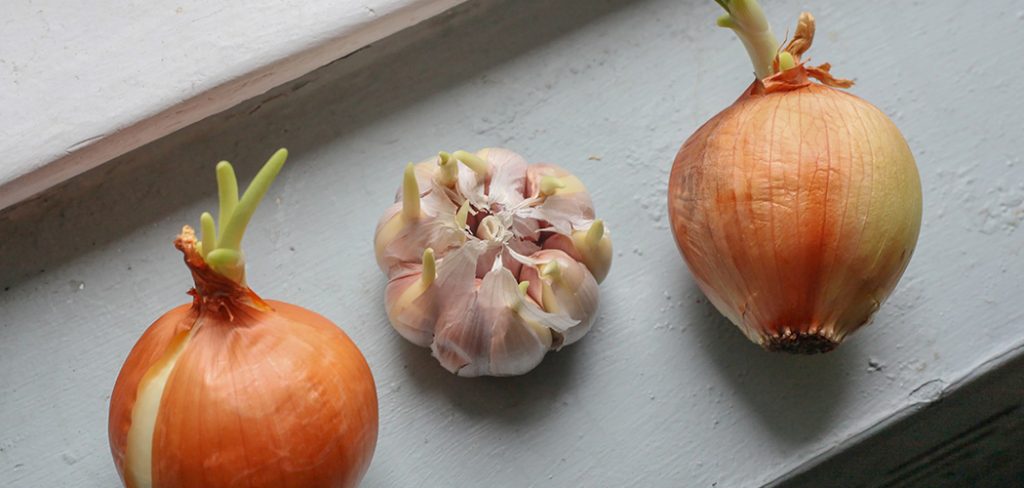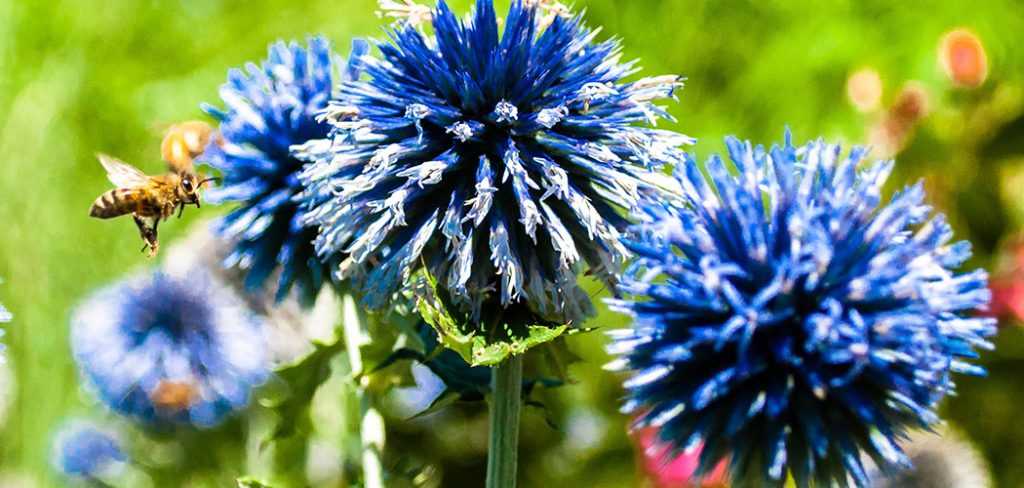Forever in our childhood we learned about recycling products and making new and creative stuff out of them. This is the same thing we can do with vegetables, surprised? Yeah, but this is how it is. So just do not throw away your leftover vegetables and herbs, they have the right to a second life! Growing vegetables from leftovers are possible. Not all but mostly many vegetables can be regrown at home. Some fruits and vegetables can regrow on their own from their remains, with or without soil. Nothing is lost and everything is transformed: consume your vegetables and recycle their leftovers to grow new ones.
Leeks, garlic, onions, radish, lemons, asparagus, cabbage, and what not, all can be regrown at home either in your balcony or home garden. Okay then, let’s start with regrowing cabbage at home as it is the easiest to grow at home. So, how to regrow cabbage? Before this, have a look at all the precious health benefits it has.
Cabbage is the victim of many prejudices: it would be difficult to digest; and yet, beneath their layers to be stripped hide treasures of flavors and nutrients. Cabbage, while being low in calories, is full of substances beneficial to health. Cabbage is rich in calcium, iron, iodine, potassium, sulfur, and phosphorus. There are also lots of vitamins A, B1, B2, B6, C, E, and K. perfect for all the sweet and sour preparations.
HOW TO GROW CABBAGE
Before we get to know how to regrow cabbage, let’s learn how cabbage grows actually. The following method is not only for cultivators as you can follow all the mention steps or instructions to grow cabbage in your vegetable garden as well. Start from having cabbage seeds to grow them. Cabbages are greedy, so you have to prepare the substrate by mixing compost with soil in equal amounts. Bury the seeds 1.5 cm. Cover with soil, and water lightly.
When the plants have 3 or 4 leaves, keep only the most vigorous. This process can be done indoor, which means cabbage seeds can be sown indoors, taking care of the frost as it is not suitable for its growth. But once the risk of frost has been ruled out, the cabbages can be planted in the ground. Soil should be cool, deep, and moist. Also, soil preparation should be done by adding a good quantity of compost and natural fertilizer. Make sure the sun shines right there because cabbage likes full sun. And this is how to grow cabbage process is done. Depending on the variety, cabbage is harvested between late July and November.
How to grow cabbage in pots at home
As there is no big deal in growing cabbage on grounds, cabbage can be easily be regrown at home. All you need a container or pot to regrow them, no matter which type of pot is, growing cabbage takes only three to four days for its roots to appear. If you have to tell anyone how to grow cabbage in pots at home, share a few steps and you have your own cabbage plant at home.
How long does it take to regrow cabbage?
Before planting seeds or re-growing any fruit or vegetable, one should know how much time it will take and what maintenance steps should be taken to take care of. Firstly, how long does it take to regrow cabbage; it takes 3 to 4 days for roots to appear and 80 to 180 days to grow it all over again.
Secondly, coming to the maintenance part, cabbage is not very difficult to maintain. Try to keep the soil moist around the foot, but not soggy: it’s a good idea to install mulch to keep the moisture deep. Also, water 1-2 times a week, be very careful while doing it as leaves should not get wet, and water it more often in the times of drought. Cabbage flies, slugs and caterpillars are the most frequent predators, in this case, watch out for pests and diseases. Sun exposure is much needed for its growth as mildew can also affect cabbage.
And when it comes to regrowing cabbage in a bowl, make sure to place the bowl on the edge of a window, preferably on sunny days, and change the water regularly to promote regrowth. Changing water regularly is a mandatory part.
Conclusion
Cabbages can go well with many ingredients like meat, fish, cheese, mayonnaise, salads, grapes, apples, carrots, beet, celery or dried fruits, and many other things. And it adds taste to dishes, either sweet or sour. Cabbage leaves are packed with protective nutrients that are excellent for health and they can be consumed without moderation. As now you know, how to regrow cabbage at home, so make this seasonal vegetable a part of your garden
Save money and grow your own vegetables and fruits from their leftovers, let yourself and your family members eat cabbage and many other easy regrowing fruits and vegetables without breaking their bank balance. Make a simple and ecological vegetable garden at home with a minimum of equipment, you must go for it!

